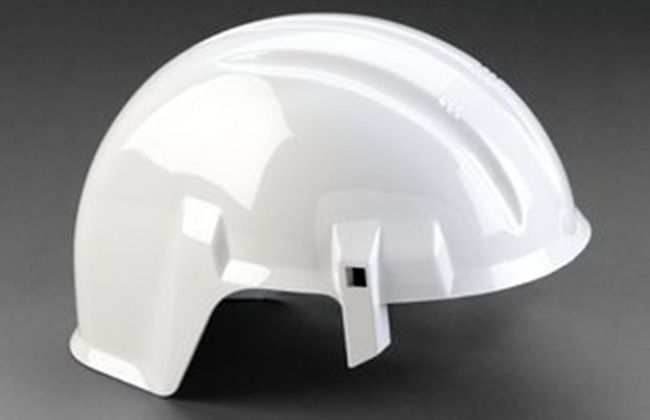Do You Know What’s Inside Your Helmet?
संशोधित पर Dec 1, 2015 द्वारा Pradeep Shah
- 1302 व्यूज़
- कमेंट लिखें
A simple two-wheeler helmet is way more on its inside in comparison to what it looks from the outside. Playing a crucial role in guarding human heads since ages, an automobile helmet is made up of numerous materials to protect us from serious injuries and damages. As head injuries are very critical and lead to death in most cases, helmets are designed with extreme caution to save human lives. Out of us, very few actually know what exists inside a helmet that make it a simple yet tricky system.
Let’s find out today.
1. Shell:

This is the outermost covering of the helmet. The main purpose of shell is to absorb the impact and avoid the loss in the most possible manner. Composed primarily of fiberglass and polycarbonate, the shell can usually withstand smaller impacts. A scratch or wear won’t do a damage to your head but a crack can do an injury and the shell needs to be repaired as soon as possible. Fiberglass shells are made of reinforced materials that includes fibre glass, carbon fibre or aramid. To make the shell thick or thin, numerous materials are laid down in layers depending on what amount of thickness one has to give.
2. EPS Liner:

The EPS stands for expanded polystyrene. In case of an accident, the actual damage occurs when the head of a person stops at a sudden, after a movement. This is where the EPS comes into play. The EPS liner reduces the impact of that sudden stoppage and hence minimises the losses. Made with different densities sandwiched together, the EPS liner slows down the movement by absorbing the impact energy. A compressed EPS cannot take back its original shape and this is the reason why a helmet with damaged EPS liner should either be repaired or abandoned. Some riders prefer helmet fitting by removing a bit of this liner that can prove really very dangerous. Instead of cutting out on EPS liner, it is advised to use standard fitting elements like cheek pads and comfort liners.
3. Visor or Windscreen:

This is the portion of the helmet that lets you see the road with protection from incoming wind. Though the materials of which it is made of depends on the quality and cost of helmet, the good quality helmets come with shields made of polycarbonate.
4. Comfort Liners:

The main role of a comfort liner is to make sure that the helmet fits well on your face. The comfort liner is responsible for holding the helmet and stop its movement in case of an accident. Another task what the comfort liner performs is to absorb the sweat and oil from the head and prevents it meeting with the EPS liner as these degrades the EPS quickly.
5. Helmet Strap:

As the name suggests, the strap of a helmet is riveted on the shell and has to undergo various tests for its application. The strap helps to ensure that the helmet doesn’t go off your head in case of a crash or strong impact. The rivets are placed on the helmet in such a way that the rider can lean his head forwards with the strap fastened.
A Helmet is never a liability, it is a great life-saving companion. Ride safe and don’t forget to wear one.
